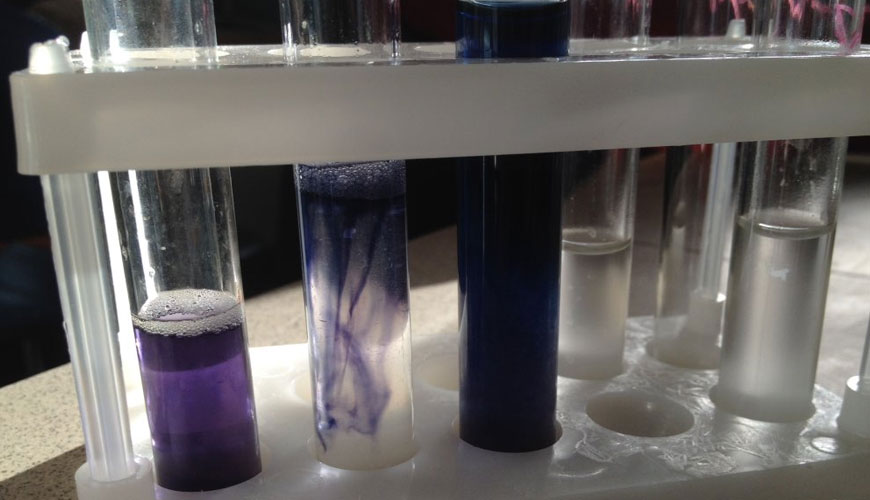

Unsaturation tests are used to determine the double and triple bonds present in the organic compound. The purpose of these tests is to determine the presence of functional group such as saturation and unsaturation test in a particular organic compound. Organic compounds containing carbon and hydrogen are called hydrocarbons. Most organic compounds are derived from hydrocarbons by replacing one or more of the hydrogen atoms by a group of atoms such as acid, aldehyde, hydroxide, and halogen functional groups. Hydrocarbons are classified as saturated and unsaturated hydrocarbons.

Mainly, in organic compounds, unsaturation occurs with the presence of more than one bond between carbon bonds. These bonds must be between carbon atoms.
The main active unsaturation test methods are Bayer test, bromine test, antimony trichloride test and concentrated sulfuric acid test.
In the Bayer test, the permanganate solution exerts its oxidizing effect on the double bonds. If the compound containing unsaturation is insoluble in water, then its solubility in alkali is checked. If the compound is an unsaturated acid, it dissolves in alkali. This reaction with permanganate usually works well, although there are some reducer groups that decolorize permanganate even though they are unsaturated. Some basic compounds can decolor neutral or alkaline permanganate solutions even if they do not contain double bonds, but are stable in acidic solutions.
In the bromine test, the reaction between compounds containing unsaturation and bromine occurs in the form of addition of double bonds. While performing this reaction, the substance to be double bonded and bromine must be dissolved in the same solvent. The most suitable solvent is glacial acetic acid. If the substance is insoluble in this acid, it is dissolved in carbon tetrachloride, chloroform, carbon sulfide, ether or nitrobenzene.
In the antimony trichloride test, unsaturated substances form colors ranging from yellow to red or brown with a 30 percent solution of antimony trichloride in chloroform.
In the concentrated sulfuric acid test, many ethylenic and aromatic hydrocarbons are recognized with the help of concentrated sulfuric acid. When concentrated sulfuric acid is added to the solution of the substance in alcohol or acetic acid anhydride, red, blue or purple color is formed if there is an unsaturated group.
Our organization also provides active unsaturation testing services with its trained and expert staff and advanced technological equipment, among the numerous test, measurement, analysis and evaluation studies it provides for businesses in various sectors.
To get an appointment, to get more detailed information or to request an evaluation, you can ask us to fill in our form and reach you.